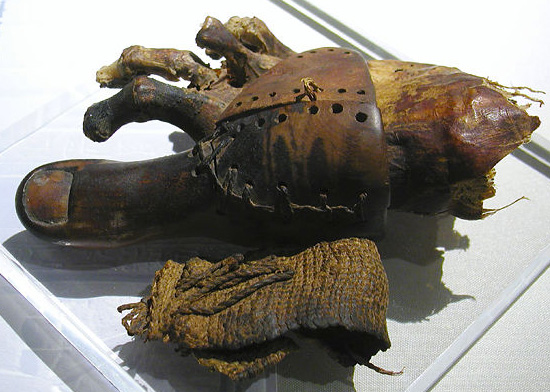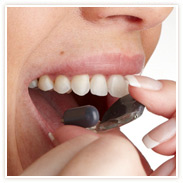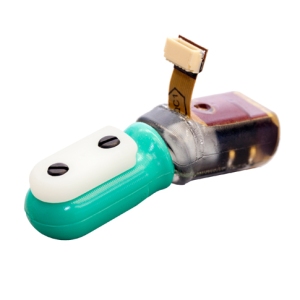Yesterday I sat down with a friend who doesn’t use Facebook at all and has no way of seeing what I’m doing there. I also did another video and wrote the equivalent of a blog post but on Facebook. I really prefer Facebook over any social medium thus far (including Medium), but this video and the topic is so interesting I’m copy pasting the post down below. But, don’t get used to this. If you’re a Facebook user and want to see more stuff from me, then you can follow me, you don’t have to friend me and I won’t see all the private photos. I don’t care about food pictures and whether or not you had diarrhea this weekend or whatever else that could be considered TMI for an office water cooler conversation is posted out there.
Ok, the video and post from Facebook:
Earlier today (9/24/15)Dan Berschinski and I took a ride around the Stanford Shopping Center in a Toyota Camry that has been fitted with sensor technology enabled hand controls by Kempf. When the driver pushes in the acceleration ring on the steering column sensors convert the motion into a digital signal that accelerates the vehicle. The hand brake is connected to the foot brake pedal and when the hand brake is pressed the pedal at the floor of the car moves although you can’t quite see it in the video.
Martine Kempf from Kempf Controls was showing us the car. She also shared with us how her father relied on hand controls because of Polio and patented the use of an accelerator ring in 1955. Over time as cars have changed the Kempf technology has changed and improved and now it is absolutely smooth. I really liked using the ring to hit the gas but reflexes and habits had me braking with my foot. The experience is somewhat like driving a motorcycle except motorcycle handlebars don’t spin around as much as a car steering wheel.
Dan and I met last year where I was speaking at an event and we’ve kept in touch since then. He lost his legs in Afghanistan and lays claim to being only one of two Americans who have lost this much of their legs and still use prosthetic legs to walk. He was my guest at the VLAB – MIT Enterprise Forum, Bay Area event on Human Augmentation that I worked on last year. The video of that event now has over 27,000 views Check it out here if you haven’t seen it: https://www.youtube.com/watch?v=dsKCWlYK9-M
The advances of technology for both restoring and augmenting human capacity are absolutely amazing. I love how technology is making life better for people with disabilities, which are actually different abilities. With those different abilities today’s technology can close so many gaps. Technology infused hand controls that replace metal rods that can be clumsy and dangerous with a far improved product and user experience are one example of technology closing gaps.
But driving is not the only thing technology is impacting. The design and science in Dan’s legs which are by Ottobock is far more advanced than amputees could have used only a few decades ago. Further advancements are being made by researchers including Dr. Hugh Herr, Professor of Biomechatronics at the MIT Media Lab who has created and uses two robotic prosthetic legs.
Dr. Herr will be the keynote speaker at the upcoming Gizworld Conference – Wearable Tech & IoT on October 27-28, 2015 at the Santa Clara Convention Center. Dr. Herr will also serve as panelist on another Human Augmentation panel during the conference alongside the head of robotics from SRI International and the CEO of WHILL Inc (world’s smartest wheelchair see http://whill.us/). It is exciting to see Internet of Things technology accomplishing such amazing things and I invite you to come experience and see it first hand at the conference. Use discount code JOSH20 for a 20% discount at this link:http://gizworldconf.com/san-francisco/




